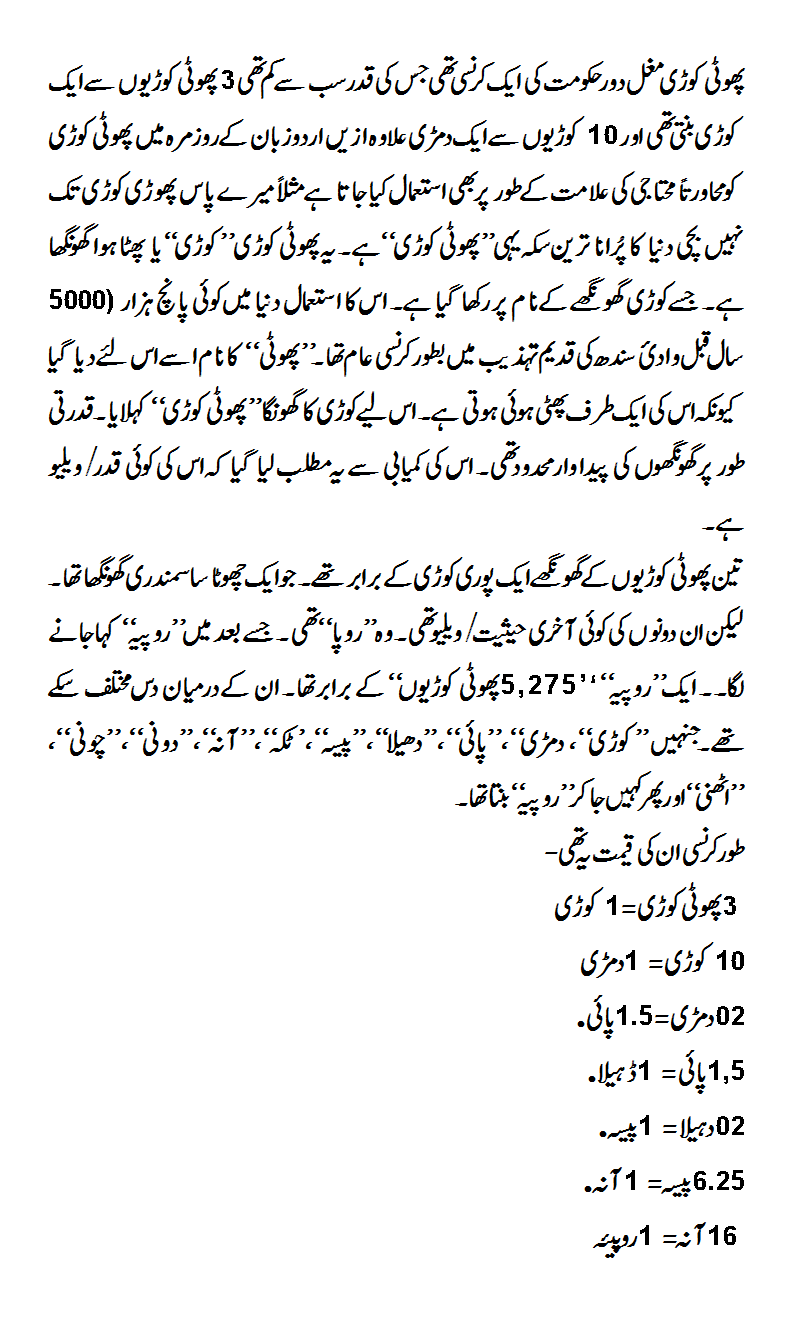You can tell a lot about an emperor from the loose change rattling about in the royal treasury. Was he cautious or a risk-taker? Devout or subversive? Powerful or simply a ‘puppet’? Much can be guessed from the face of the coins minted during his reign. Over the period from 1526 to 1857, as the fortunes of the Mughal empire went from shaky to glorious and then withered to decay, its currency too reflected these shifting sands.
Broadly, the coinage of the Mughals can be sorted into four phases: the wandering or regional phase lasted from 1526 to 1556 with emperors Babur and Humayun;
the classical phase (1556-1707) saw leaders like Akbar, Jahangir, Shah Jahan and Aurangzeb; the decadent phase (1707-1720) began with Shah Alam I,
ended with the start of Muhammad Shah’s reign and had as many as seven occupants of the throne who got there by massacring or blinding rivals; and finally, the quasi-Mughal phase
(1720-1835) saw the issuing of ‘Mughal’ coins by regional powers in Awadh, Hyderabad and Rohilkhand, as well as enemies of the empire, like the Marathas,Sikhs, Rajputs, the French and the English. These coins carried the nominal consent of the ruling Mughal emperor and were issued in his name.
